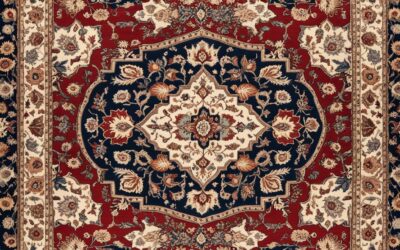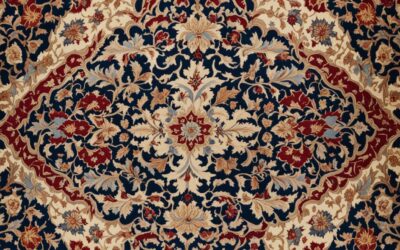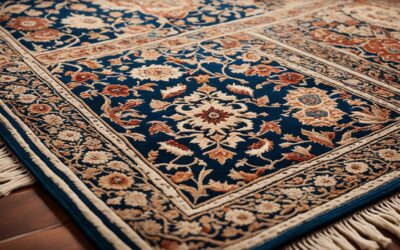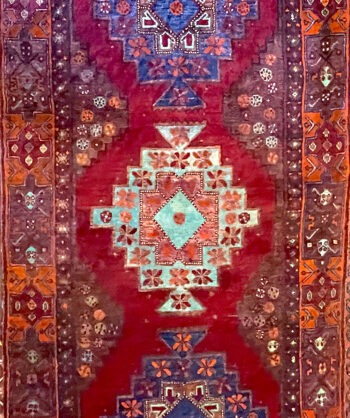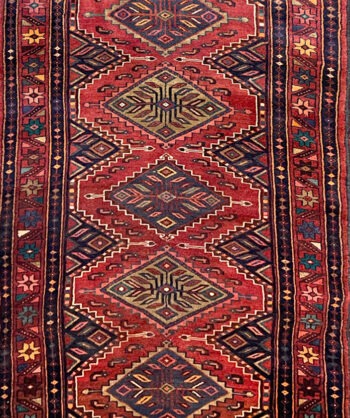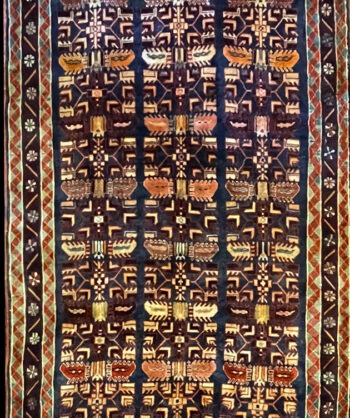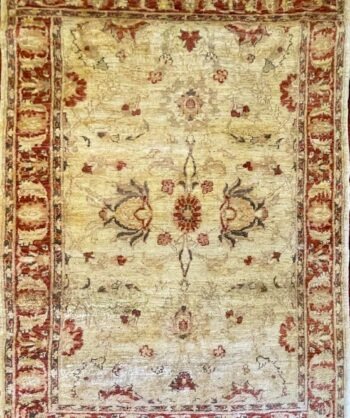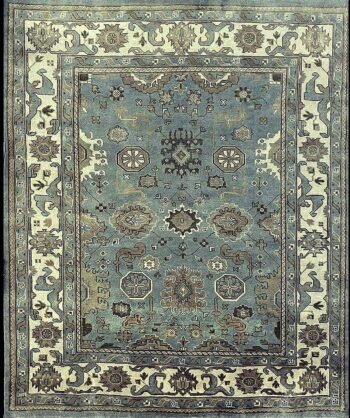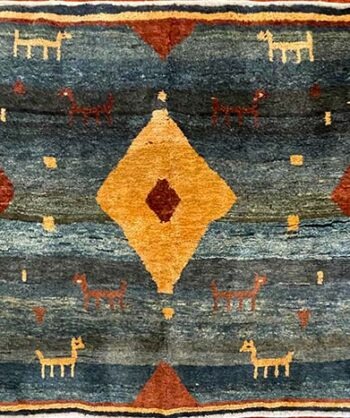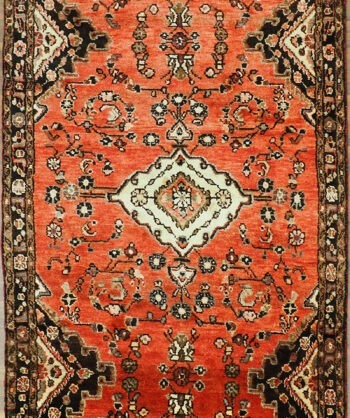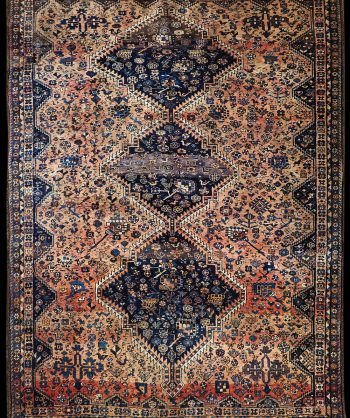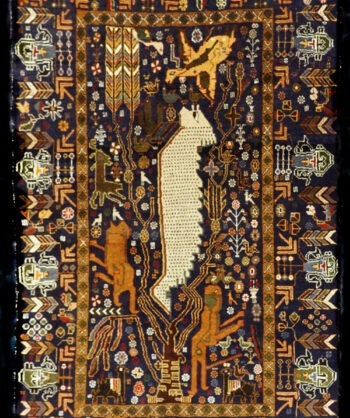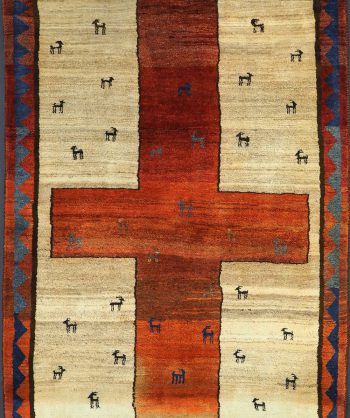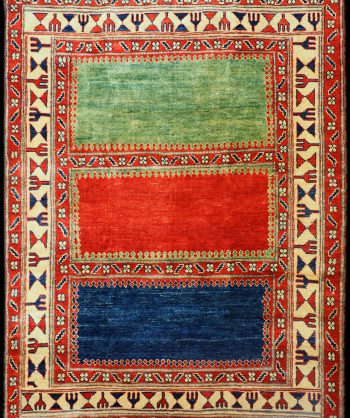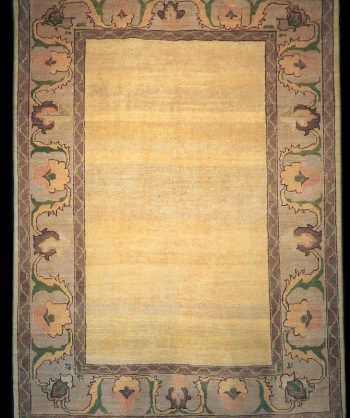How to Identify a Real Hand-Woven Carpet from Machine Made
Every handmade rug is one of a kind. No two will be the same. Sometimes two rugs will be made at the same time, and be almost the same. Still, if you look closely, you’ll see differences. Any exclusive hand-made rug comes at a premium. With machine-made rugs, on the other hand, you can be sure that there will be lots of the same rug made – instantly lowering the value. Many of the traditional designs found in Oriental rugs have been reproduced by machine in both the United States and Europe. Remember that no mechanical process can duplicate the Persian, Turkish or Spanish knot. No reputable dealer will show you a machine made rug and tell you that it’s handmade. If you need to make the distinction between a hand-knotted rug and a machine made rug, follow these steps:
- Go into the pile – you won’t find any knots at the base of the pile in a machine-made rug.
- Look at the back of the rug- A hand-knotted rug will be somewhat irregular- machine made rugs are continuous with straight lines throughout.
- Look at the fringe- it should be part of the body of the rug -actually a continuation of the warp and is never added to separately, as is the case with machinemade copies.
- Look at the salvedges. In hand-made Oriental rugs, the side edges, or selvedges, are wrapped by hand.On copies they are put on by machine.
- Look out for a rugs that are tufted. In this technique the nap is inserted with a tool that looks like a gun which inserts yarns into a prefabricated foundation. Now check the back of the rug and you will find an extra backing usually made of canvas, jute or duck that hides the loops. Just remember ,if a rug is hand-made to knots on the back should be completely visible.
There are hundreds of different Persian rug designs that usually derive from the city or village they were made in. Depending on where the rug was made will affect the value of the rug. For example, a Kerman, Tabriz, Nain, Isfahan or Kashan rug, with fully executed designs, fringe woven into the carpet and slight signs of wear, would be a high-value Persian rug.
The main factors that determine hand-knotted rug prices are their knot count and size. A rug’s knot count, or knots per square inch (KPI), is the number of knots woven into it per square inch. Most oriental rugs range from 7/7 knot count all the way to 16/16 — with 9/9 being a popular average.
However, Persian rugs are a thing of beauty and respected all over the world for this art. Persian rugs come in anywhere from 60 knots per inch to 1000 knots per inch for very expensive, almost extinct rugs.
The higher a rug’s knot count, the more plush and soft its texture is — making it higher in quality. Furthermore, the higher a rug’s knot count, the more time and materials it requires to make.



